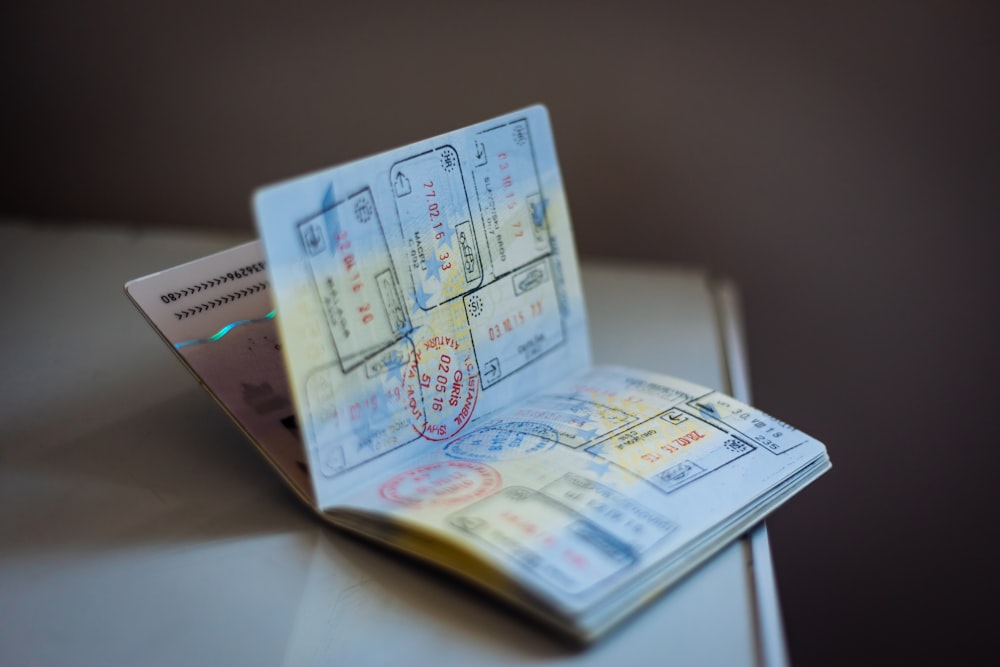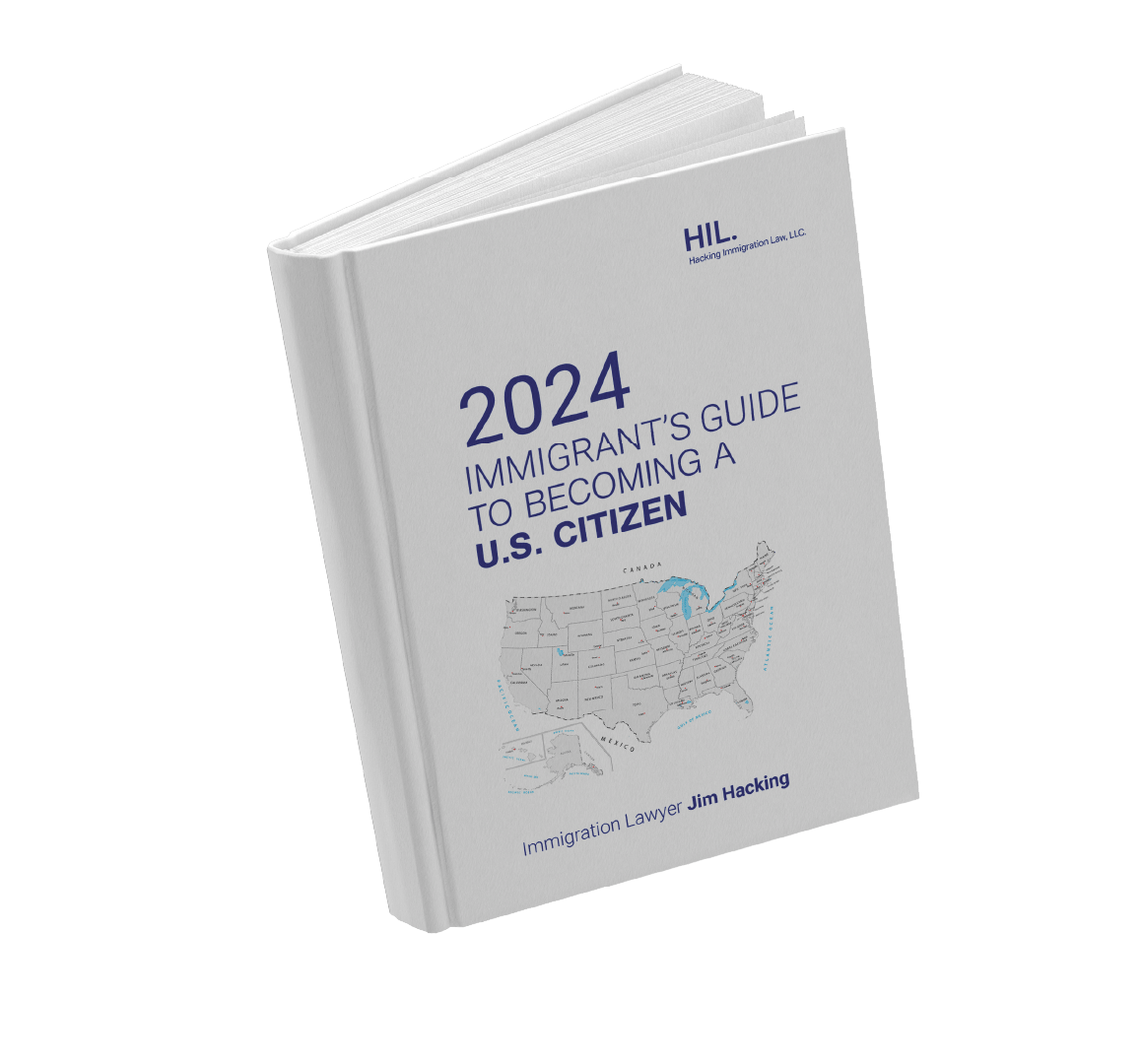The parents of the U.S. citizen are considered immediate relatives. This means that they are not subject to the numerical limitations that apply to other family-based immigrant petitions. Whenever their I-130 petitions are approved, the approvals should be routed to an embassy abroad for visa processing without any delay.
Unfortunately, as immediate relatives, the parents of a U.S. citizen cannot bring their other children with them automatically. The underage child cannot accompany or follow the parents’ applications. Instead, the sibling must have an independent basis to obtain a green card.
In this guide, you’ll learn:
Table of Contents
Sibling visas allow U.S. citizens and permanent residents to bring their brothers or sisters to the U.S. to live and work. This type of visa falls under the Family Preference category or F4 visa.
The main purpose of the sibling visa is to promote family unity. Further, enables siblings to live together in the United States.
To be eligible for a sibling visa in St. Louis, you must meet these certain criteria:
To prove your status as a U.S. citizen when applying for a sibling visa, you must provide evidence. Some of these are copies of your U.S. birth certificate, naturalization document, and parent’s marriage certificate.

The U.S. citizen can petition for her brother as long as she is 21 years of age or older. However, unlike above with immediate relatives, this family-based immigrant category is subject to numerical limitations, meaning only a certain number of brothers and sisters of U.S. citizens are given a green card each year. Because of the numerical limitations, there is a significant backlog in this category.
When a family-based petition is filed, the petition is assigned a priority date. When the Department of State visa bulletin (which is released each month) indicates that visas are available for brothers and sisters of U.S. citizens with a priority date that is the same or earlier than the date listed on the bulletin, the brother or sister can then apply for and get their green card. The current visa bulletin indicates that visas are available for sibling-based petitions with a priority date of March 15, 2001, or earlier. This means that the brothers and sisters of U.S. citizens who filed their petitions on or before March 15, 2001, are just now able to apply for and receive a family-based green card.
If the adult U.S. citizen filed a petition today for her brother, he would not get his green card for more than ten years. Fortunately, unlike other family-based immigrant categories, there are no age or marriage limitations on petitions for the brothers and sisters of U.S. citizens. Whether the brother will get his green card is not dependent on his age or marital status.
Once the parents get their green cards, they can file an I-130 petition for their underage child.
A green card holder (also known as a lawful permanent resident or LPR) can petition for their children. There are two family-based immigrant categories that allow LPRs to petition for their children. These categories are:
Like with the petition discussed above for the brother or sister of an adult U.S. citizen, both of these family-based categories are subject to numerical limitations. However, the numerical backlog for both is less than the backlog for brothers and sisters of U.S. citizens. In immigration laws, because the child is underage, either parent could file a petition on his behalf as the LPR parent of a child who is under the age of 21.
After the interview, the sibling will need to wait for a decision on their visa application. Once the petition is approved, it will be forwarded to the National Visa Center (NVC) or the equivalent agency.
According to the current visa bulletin, visas are available for petitions in this family-based category with a priority date of June 1, 2010, or earlier. This means that the children of LPRs who filed their petitions on or before June 1, 2010, are now able to apply for and receive a green card. The “wait time” for this category is approximately two and a half years.
If one of the parents filed a petition on behalf of their son as soon as the parent received a green card, it is estimated that the son would be able to apply for his green card in approximately two and a half years.
Clearly, waiting for two and a half years is much less than the ten-year wait involved in petitions for brothers and sisters of U.S. citizens. However, unlike the petition for a brother or sister of a U.S. citizen, a petition filed by an LPR parent on behalf of their child who is under 21 years of age is age dependent.
The child must be under 21 years old or fall within the protection of the Child Status Protection Act (CSPA) when his green card application is processed. In the present example, if the child were 16 years old and one of his parents filed an immigrant petition on his behalf now, s/he would likely be able to get a green card before s/he turns 21 years old. The “wait time” for his category is approximately two and a half years, meaning he will be 18 or 19 years old when a visa is available and s/he can apply for the green card. However, if the child is currently 19 or 20 years old, s/he might “age out” before he is able to get his green card.
If the child were to turn 21 years old before receiving the green card and was not protected by the CSPA, they could still get a green card as long as they remained unmarried children.
As mentioned above, an LPR can petition for a son or daughter who is over 21 years of age as long as the child remains unmarried. In this example, if the petition were filed for the son as an LPR’s child who is under 21 years old when he turns 21 years old and falls outside coverage of the CSPA, his petition would automatically convert to the category for unmarried sons or daughters of LPRs.
According to the current visa bulletin, visas are available in this family-based category for petitions with a priority date of September 14, 2004. Unfortunately, the backlog for this category is greater than for children of LPRs, with an estimated wait time of approximately 8 years. Fortunately, a petition that is automatically converted to this family-based category retains the priority date associated with the earlier petition.
While it is possible to navigate the process alone, hiring a St. Louis sibling visa lawyer increases your chances of success. With our immigration services, we ensure that you have peace of mind, knowing your case is being handled.
Contact Hacking Immigration Law to minimize the risks of getting an immigrant visa.

